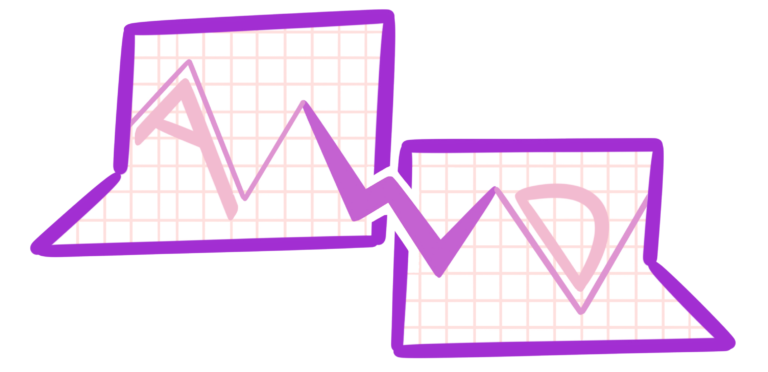Chapter 9 Quiz (Version A)
In this quiz, students will be assessed on their understanding of types of spurious correlations, such as Simpson’s paradox, Berkson’s fallacy, survivor bias, selection bias, regression to the mean, within group/between group differences, and variability bias. This should take 40 minutes to complete.

